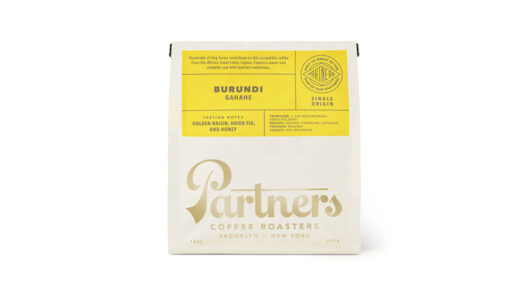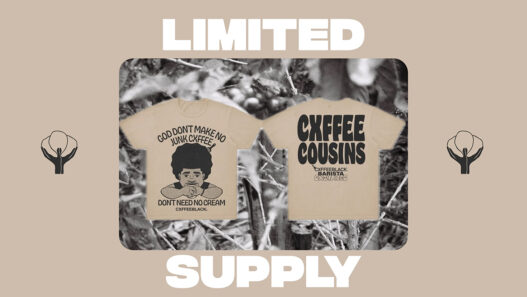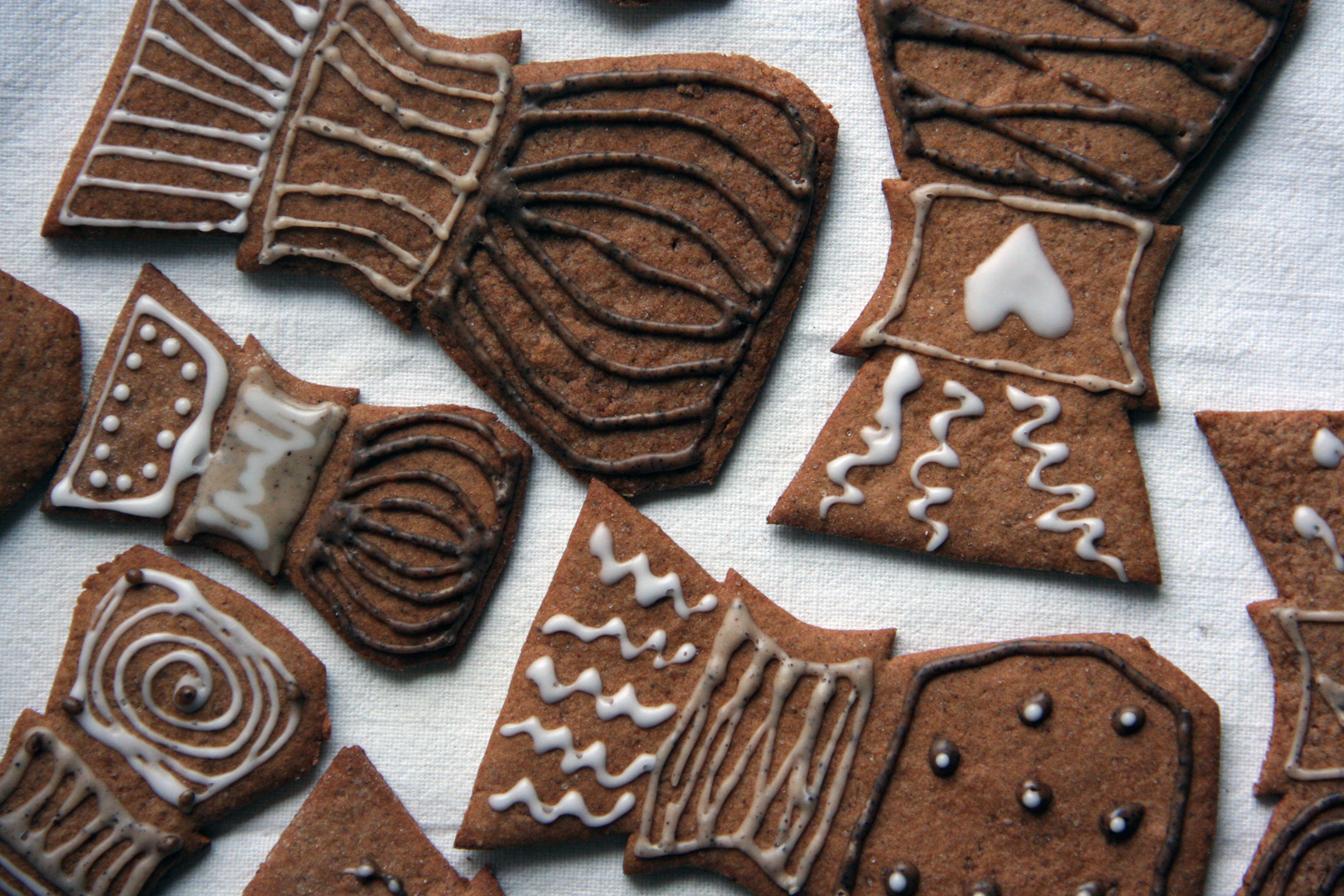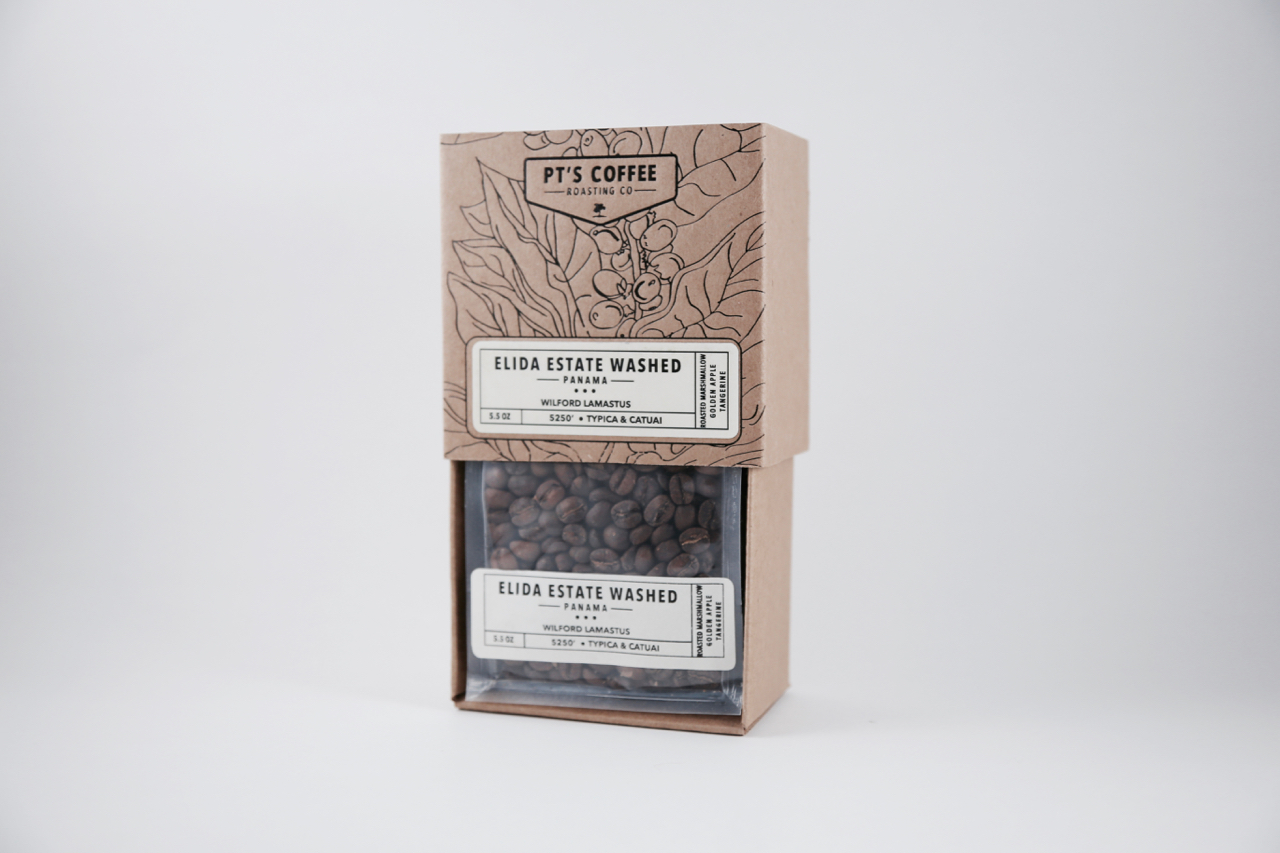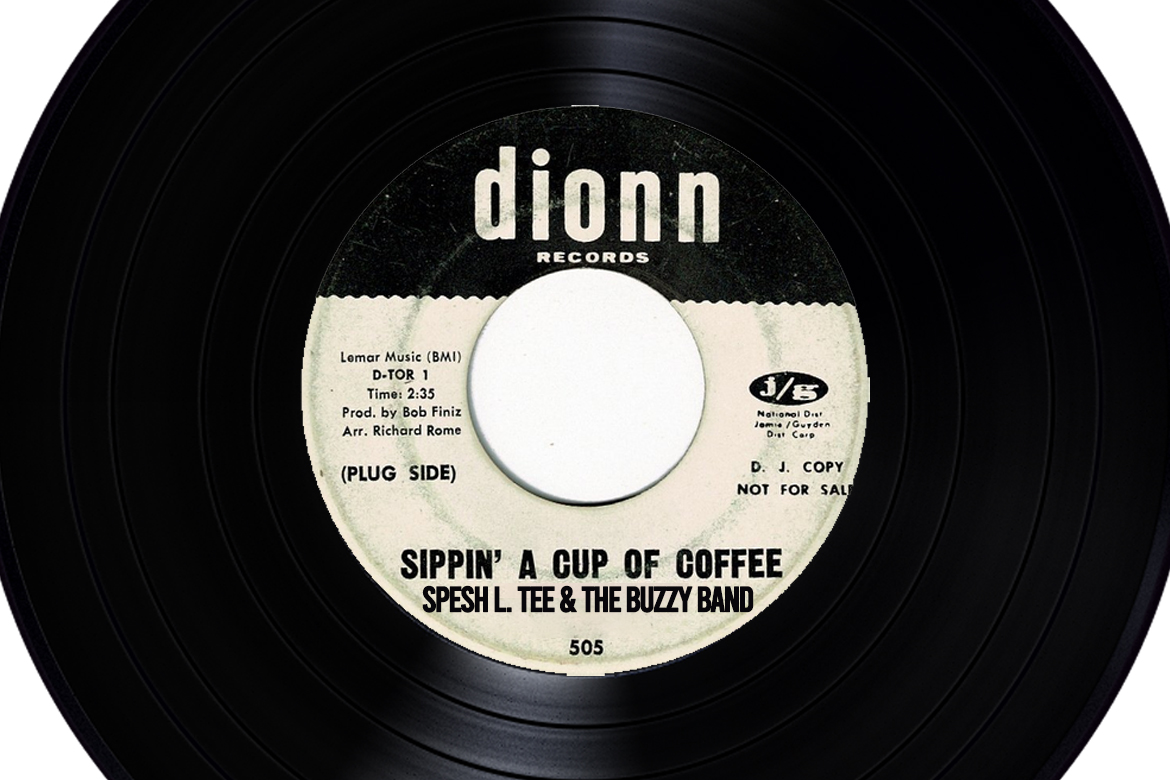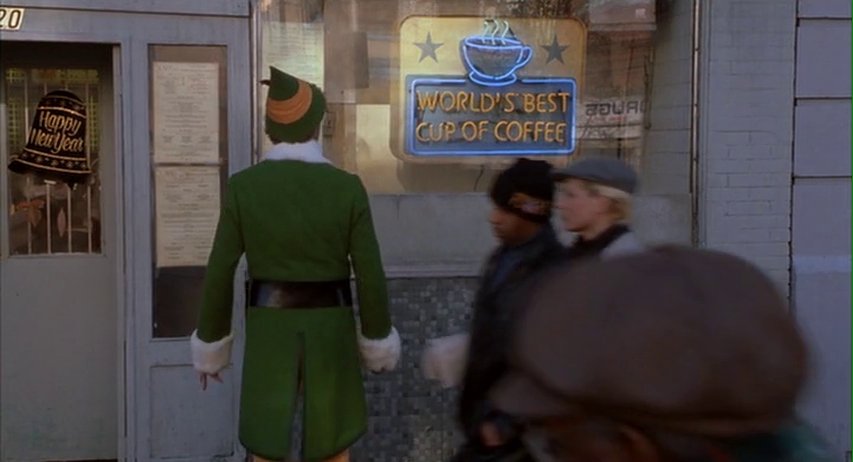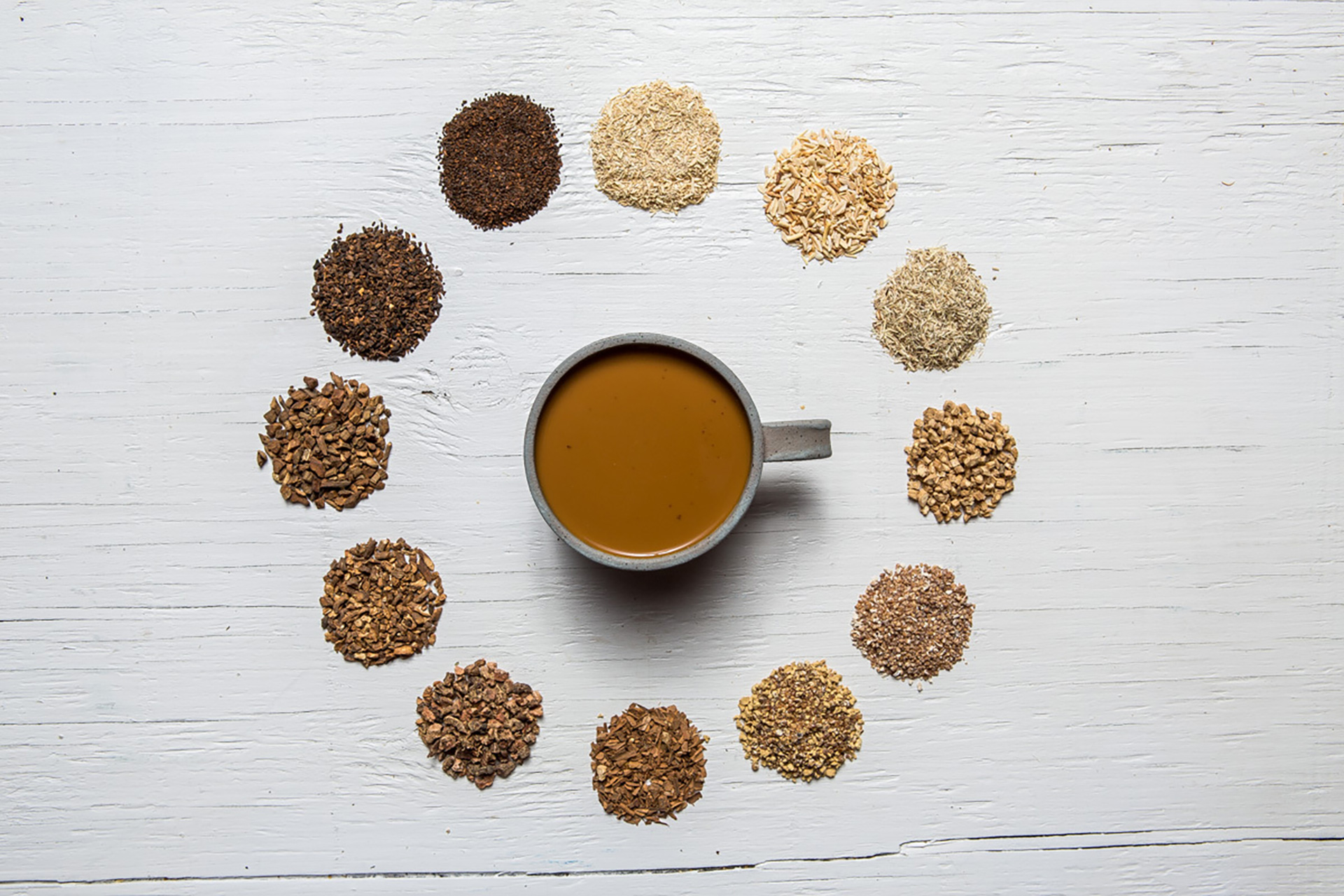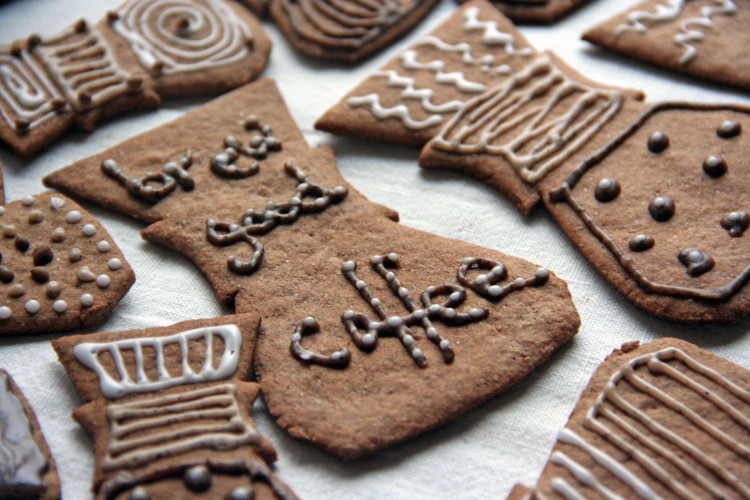
This time of year, gingerbread cookies are nice, but cute gingerbread cookies are something else entirely. Because if you’re going to take time to decorate cookies, they better look good.
What coffee brewing device is as good-looking as the iconic Chemex? Its simple silhouette can be recognized by coffee lovers around the world. Looking for a last-minute gift idea? Make a batch of these Chemex gingerbread cookies for your favorite coffee lover, or the coffee shop office party.
For these cookies I used my preferred recipe for gingerbread: a Swedish one. It’s the recipe for pepparkakor (see, doesn’t that sound better in Swedish?) from Fika: The Art of the Swedish Coffee Break, just ever so slightly adapted. Proof that authors do in fact use their own recipes.
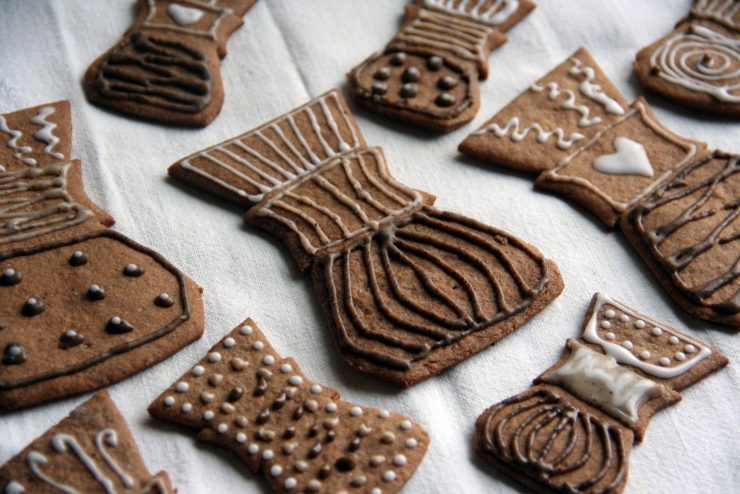
I make these gingerbread cookies every December, and several batches of them, cutting them out in a variety of shapes. But this year I went a little crazy, not only cutting out Chemex shapes, but decorating them with coffee-flavored icing as well. Fear not, the spicy cookies pair perfectly well with the coffee flavor. Even better if you have just brewed a Chemex.
You need to have a little patience to make these cookies: the dough needs to sit overnight, and you’ll need to hand cut the cookies with a knife, since I have yet to find a Chemex cookie cutter. Now you know what I want for Christmas.
There is no right or wrong way to ice these cookies, feel free to get creative, but if you want to vary the colors of the icing to fit with a coffee palette, you can make the base icing recipe into a light brown and a dark brown color using various amounts of finely ground coffee.
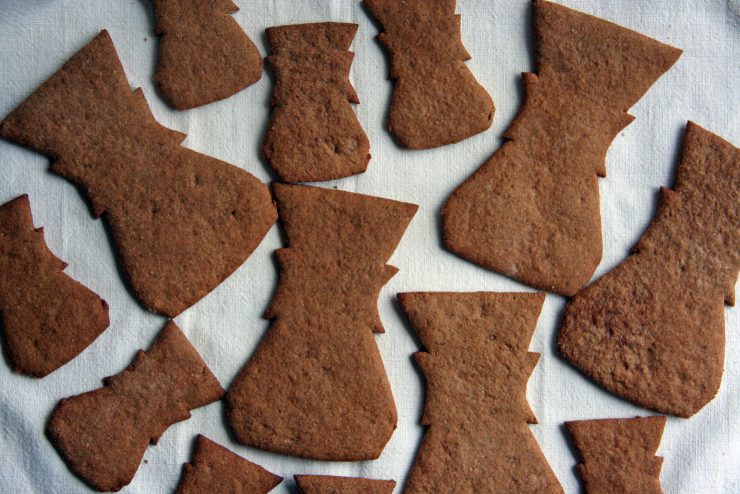
5 tablespoons (2.5 ounces, 70 grams) unsalted butter, room temperature
½ cup (3.5 ounces, 100 grams) natural cane sugar
2 tablespoons molasses
1 ½ teaspoons ground cloves
1 tablespoon ground cinnamon
1 ½ teaspoons cardamom seeds, crushed
1 tablespoon ground ginger
¼ teaspoon ground black pepper
½ teaspoon baking soda
1 ½ cups (7.5 ounces, 213 grams) all-purpose flour
¼ cup (60 milliliters) water
In a large bowl, cream together the butter, sugar, and molasses. Stir in the cloves, cinnamon, cardamom, ginger, pepper, and baking soda and mix until creamy and well-blended.
Mix in the flour, a half cup at a time. When you have added about half the flour, blend in the water. Then add the rest of the flour and work together with your hands until a dough forms. It will still be fairly sticky, but you should be able to shape it into a large log. Cover the log in plastic wrap, or wrap it in wax paper, and let sit in the refrigerator overnight.
When ready to bake the cookies, preheat the oven to 375°F (190°C). Grease a baking sheet or line one with parchment paper or a silicone baking mat.
Prepare your Chemex cutout by drawing the outline of one on a piece of paper. If you want to make two sizes, make a small one and a larger one. Cut it out with scissors; you will use this as your guide, unless you’re a cookie cutting master and you can do things freehand.

Cut off a section of the dough from the log, and roll out on a flat, generously floured surface. To avoid sticking to the countertop, roll a little, then flip the the dough over and roll some more. Add more flour to the surface as needed. Continue in this way until you have rolled the dough as thin as you can get it. The dough is easy to roll out when it’s cold, and much stickier as it warms up, so return it to the refrigerator as needed. It’s also easiest to roll it out in small batches.
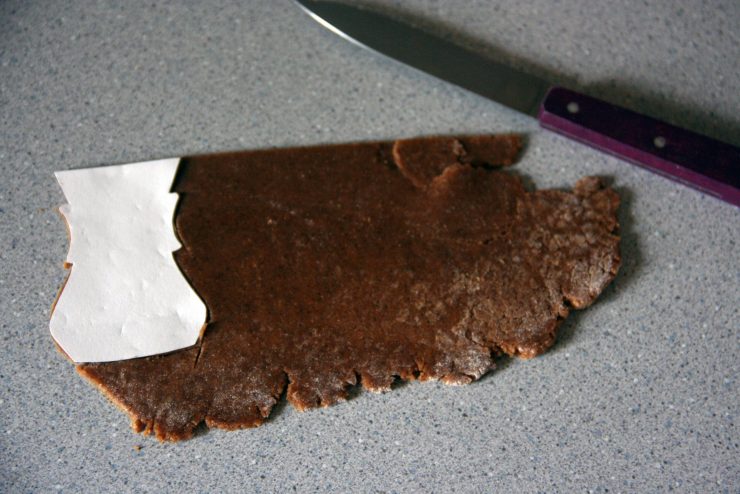
Place your paper Chemex cutout on the dough and carefully cut around it. It might be slow going in the beginning, but you’ll get the hang of it. Place the cookies on the baking sheet. They don’t spread out, so you can place them fairly close together, as long as they aren’t touching.
Bake for 5 to 8 minutes, depending on the thickness. These cookies burn easily, so keep an eye on them. Remove from the oven; after 1 or 2 minutes, transfer them from the baking sheet to the counter to cool.
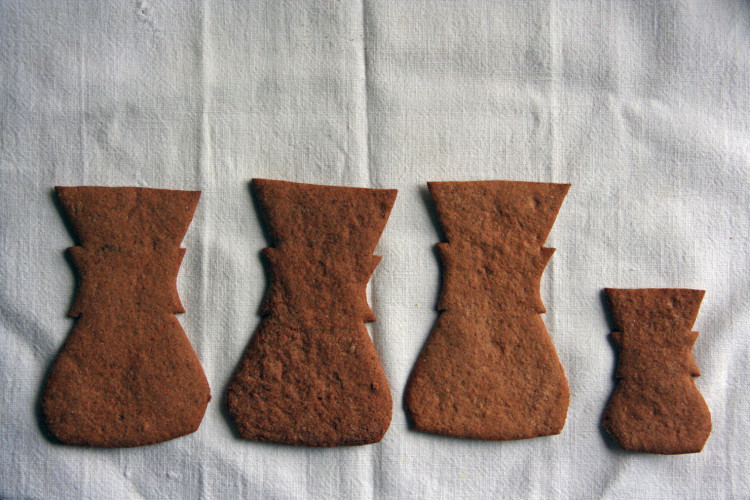
Once the cookies are cool, ice away!
½ cup (2 ounces, 60 grams) powdered sugar
1 ½ teaspoons water
For light-dark coffee icing: base icing recipe + ½ teaspoon finely ground coffee
For dark coffee icing: base icing recipe + 1 ½ teaspoons finely ground coffee (you may need to add just a touch more water to get the right consistency)
Mix the icing together by placing the powdered sugar in a bowl and adding the water slowly. You want a thick icing, not runny, and it’s easy to add more water than it is to add more powdered sugar. Place the icing in a pastry bag, or if you are like most normal people (myself included) and don’t own one, do the plastic bag trick: spoon the icing in a Ziploc bag and push it down to one corner. Cut a tiny piece of the corner off so that you can push the icing out. Details on how to do this can be found here. It’s not the most eco-friendly version, but hey, you’re only making these once a year!
Once the icing has dried, store the cookies in an airtight container.
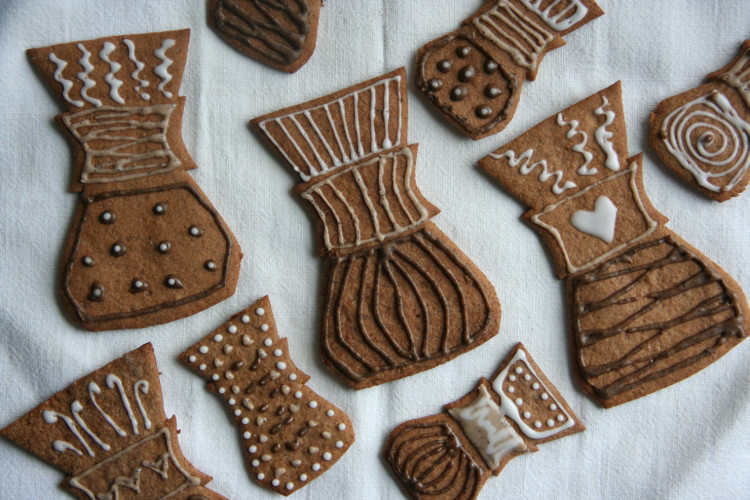
Anna Brones (@annabrones) is a Sprudge.com staff writer based in Paris, the founder of Foodie Underground, and the co-author of Fika: The Art Of The Swedish Coffee Break, available now from Ten Speed Press. Read more Anna Brones on Sprudge.







